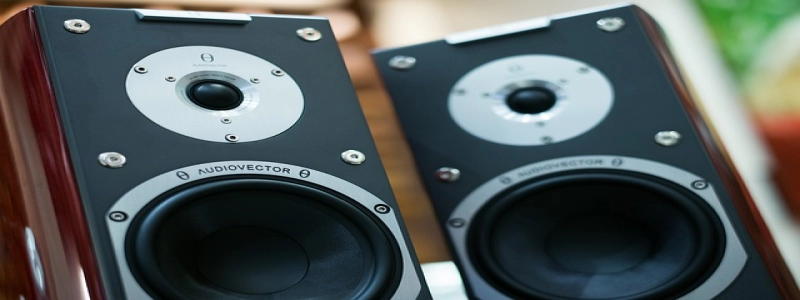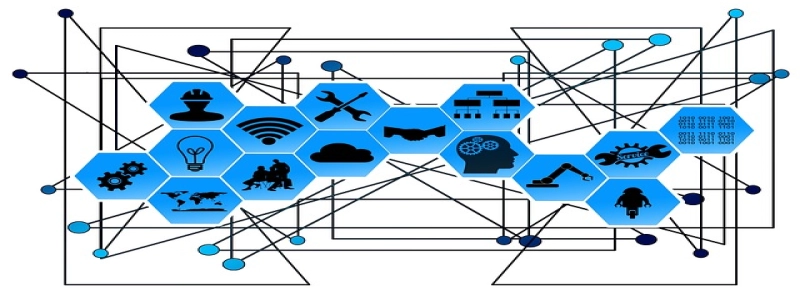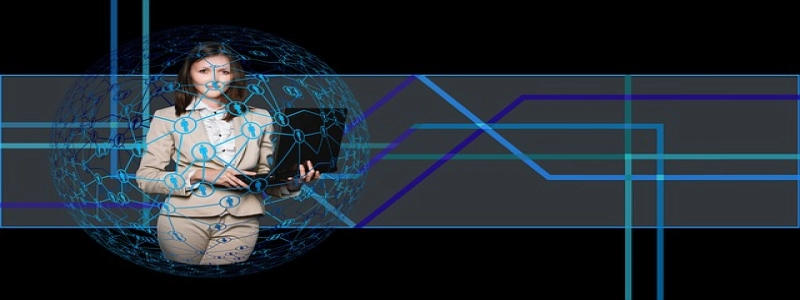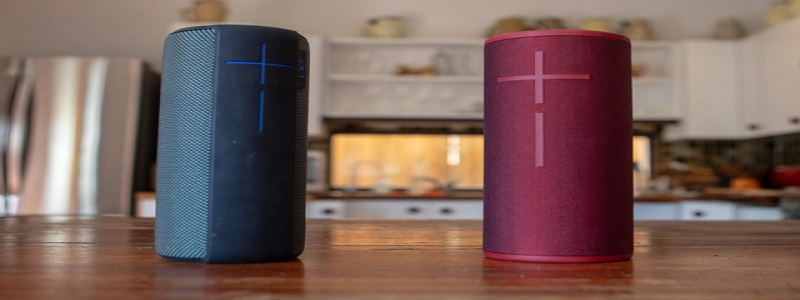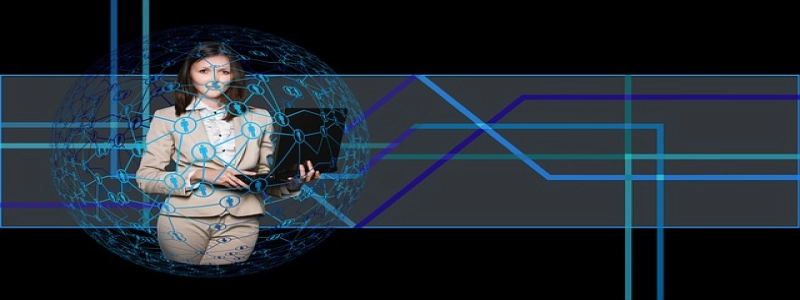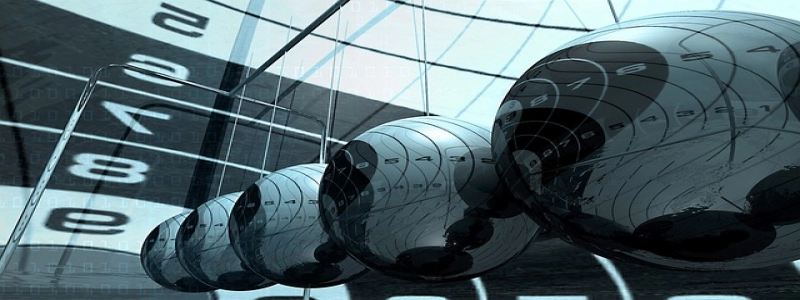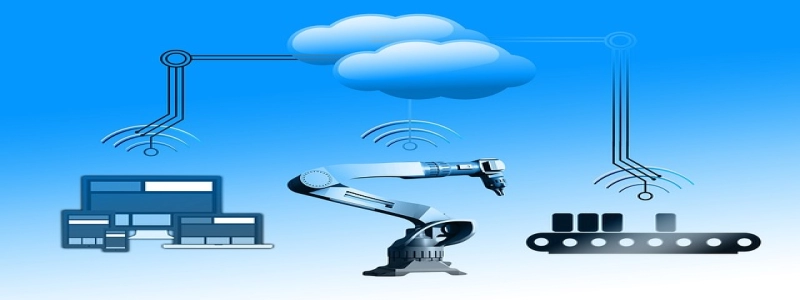How to Know What Ethernet Cable I Need
Introduktion:
In today’s connected world, Ethernet cables are essential for establishing a stable and reliable internet connection. Imidlertid, with various types of Ethernet cables available on the market, deciding which one to choose can be daunting. This article aims to provide a comprehensive guide to help you determine the type of Ethernet cable you need.
jeg. Understanding Ethernet Cables:
1. Ethernet Cable Categories:
a. Category 5e (CAT5e): This cable is suitable for basic internet connectivity and supports speeds up to 1 Gigabit per second (Gbps).
b. Kategori 6 (CAT6): CAT6 cables are an upgrade from CAT5e and offer better performance and increased speeds up to 10 Gbps.
c. Category 6a (CAT6a): CAT6a cables provide even higher performance and can support speeds of up to 10 Gbps at longer distances.
d. Kategori 7 (CAT7): CAT7 cables, also known as \”shielded\” cables, offer exceptional performance and durability, supporting speeds up to 10 Gbps.
2. Cable Length:
a. Consider the distance between your router and the device you want to connect. Measure the required cable length to avoid unnecessary clutter or limited mobility.
b. Keep in mind that longer cables may lead to a slight loss in signal strength, which can affect network performance.
II. Evaluating Your Networking Needs:
1. Internet Speed:
a. Determine the maximum internet speed provided by your Internet Service Provider (ISP). This information will help you select the appropriate Ethernet cable that can support the desired speed.
b. If your ISP offers speeds up to 1 Gbps, a CAT5e cable should suffice. Imidlertid, for higher speeds, consider upgrading to CAT6 or CAT6a cables.
2. Use Case:
a. If you are primarily using the internet for basic web browsing, e-mail, and casual streaming, a CAT5e cable is generally adequate.
b. For online gaming, video conferencing, or streaming high-definition content, CAT6 or CAT6a cables are recommended for optimal performance.
c. Professional applications or data centers may require the premium performance of CAT7 cables.
III. Additional Factors to Consider:
1. Compatibility:
Ensure that your networking devices, such as routers, modems, or network adapters, support the selected Ethernet cable category. Check the specifications or consult the device manufacturer if unsure.
2. Cost:
Evaluate your budget and consider the cost differences between the various Ethernet cable categories. While CAT7 may provide superior performance, it is generally more expensive than CAT5e or CAT6.
Konklusion:
Selecting the right Ethernet cable for your networking needs is crucial to ensure a stable and efficient internet connection. By considering factors such as cable category, length, internet speed, use case, compatibility, and cost, you can make an informed decision and choose the most suitable Ethernet cable for your specific requirements. Remember, investing in a higher category cable can future-proof your network and provide better speeds and performance in the long run.


